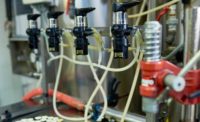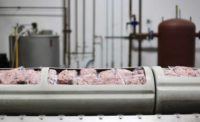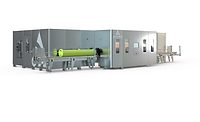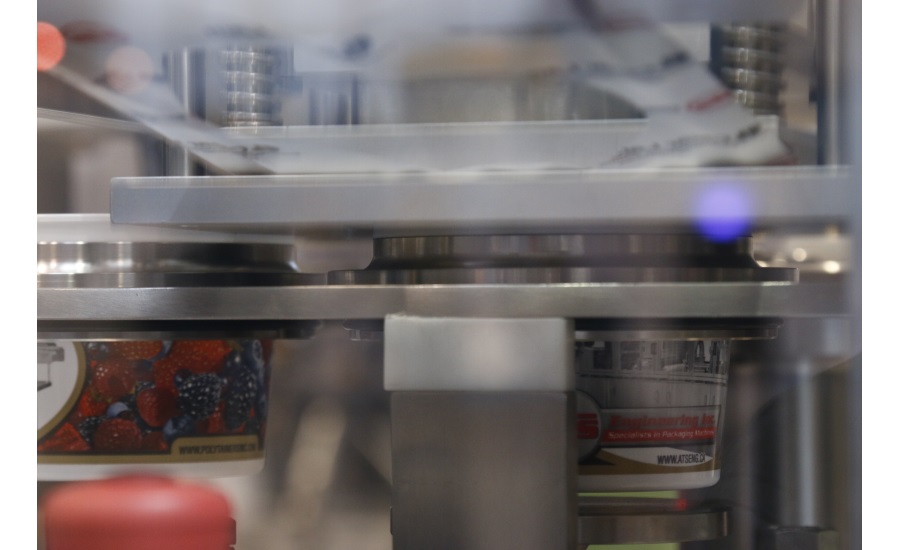Finding the right HPP solution
Operation size, extensive testing and understanding business capabilities are crucial steps

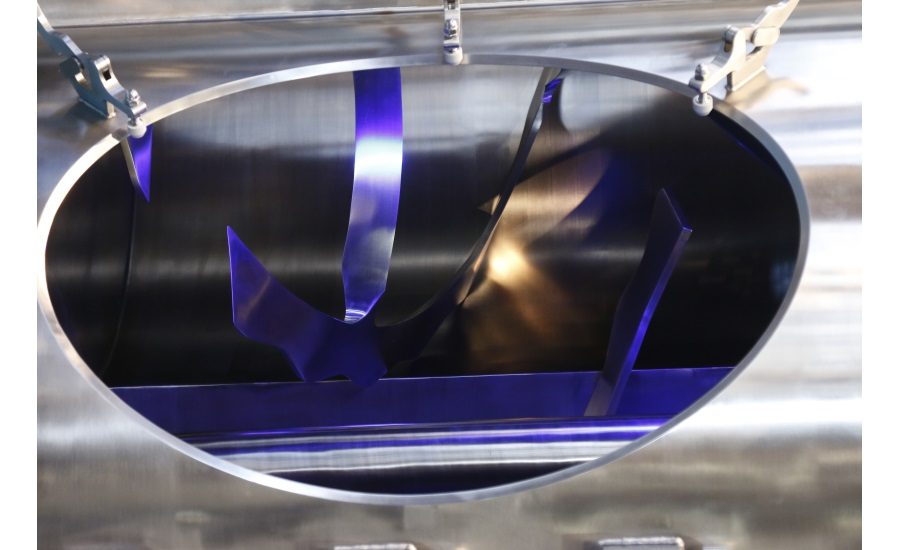




According to Research Report Insights (RRI), a greater adoption of High Pressure Processing (HPP) solutions is a strong signal of a growing industry. Expectations for the sector’s growth are for an incremental dollar opportunity of $350.5 million during the report’s forecast period (2016-2026). In that span, the global HPP equipment market has a projected CAGR of 12.3 percent in terms of volume.
It’s no surprise that HPP is gaining favor among food processors. The Food and Drug Administration (FDA), Department of Agriculture (USDA), Health Canada, European Union and several other authoritative regulator bodies recognize that it can increase shelf life and meet food safety standards without adding preservatives or altering flavor. This makes the technology especially appealing for applications in the Ready-to-Eat (RTE), fresh juice, dips and salsa, and shellfish categories, where freshness, food safety and an absence of chemical preservatives are critical to brand success. HPP can also streamline efficiency on the production line, providing energy- and utility-savings that help companies meet their sustainability goals. What’s not to like?
However, before diving into an HPP installation, it is important for food and beverage processors to understand that these are not one-size-fits-all solutions. To help these companies maximize their investment, here are a few considerations to make along the way:
-
Operation size
Commitment to a major installation often make sense for larger, more established companies, but smaller companies that lack the same depth of resources and personnel may not have the means to make that investment right away.
Now, those companies can reap the benefits of HPP, launching products into the marketplace quickly with the use of third-party service providers. These are independent companies with HPP facilities—essentially, contract manufacturers—that sell time on their HPP equipment. For businesses just starting out, or those trying to make the transition into manufacturing from a retail environment, third parties are a great start to achieving the benefits that HPP provides.
On the other end of the spectrum, larger companies may be better equipped to advance their HPP processes with automation that can transform a traditional batch operation into a near-continuous one. The recent availability of continuous technologies stands to provide major boosts to the line efficiencies of processors dealing in higher volumes.
- Testing. Testing. Testing one, two…
According to the Cold Pressure Council, products that use HPP involve pressures between 100 and 600 MPa (megapascals). That’s a large range and brands must be able to identify the right amount of pressure for the right amount of time for their respective products.
This level of precision requires testing to determine the optimal pressure/time solution. Companies can either work with third-party service providers to determine their product’s ideal pressure range or work with other experiencedHPP solutions suppliers to establish the best solution.
- Business capabilities
As with the adoption of any new technology, there are learning curves. Creating HPP capabilities in-house requires not only significant capital investment but also the necessary education for operators on the nuances of the technology. Food and beverage processors must work closely with equipment and packaging material suppliers to have all the proper protocols in place ahead of the installation. While operators may not necessarily need prior experience with HPP solutions, prior experience with other traditional equipment will provide a more solid foundation for learning the functions of HPP machines. Foundational experience, a clear understanding of new protocols and thorough training on new technologies are all important steps to maximizing HPP’s potential boost to a processor’s bottom line.
- Get verified
As food and beverage processors begin integrating HPP within their operations, they should also be considering ways of educating consumers about the investment they’ve made to deliver preservative-free products that do not sacrifice, shelf life, flavor or quality. The Cold Pressure Council now provides a pathway for brands to declare their products “High Pressure Certified.” Companies can visit www.highpressurecertified.org to learn more.
Looking for a reprint of this article?
From high-res PDFs to custom plaques, order your copy today!



